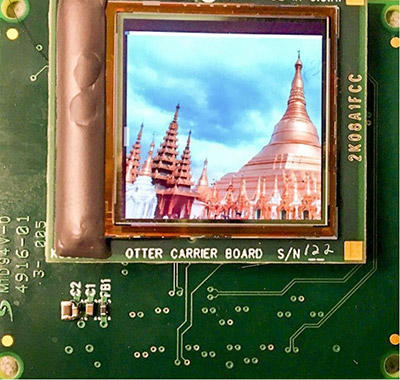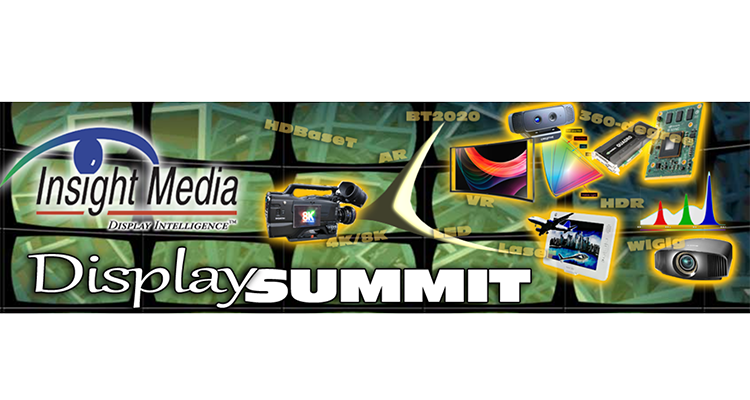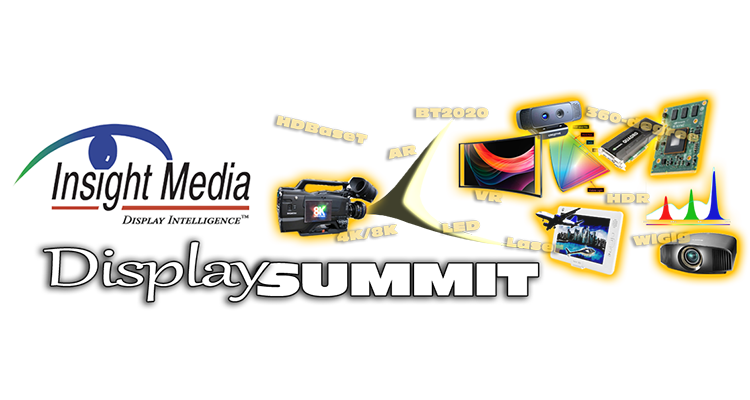New Year’s Resolutions, Observations and Wishes…
T aking a look back at some of the big stories and topics last year, let’s use that information to put a slightly different spin on prognostication. At the risk of portraying a naïve or idealistic 2012, how about we define how we’d like things to develop, i.e., what goals should players set to realize growth in these areas?
aking a look back at some of the big stories and topics last year, let’s use that information to put a slightly different spin on prognostication. At the risk of portraying a naïve or idealistic 2012, how about we define how we’d like things to develop, i.e., what goals should players set to realize growth in these areas?
Goal #5: Increased Entrepreneurship. New businesses will continue to be developed — and some will even succeed — despite the economy. Microsoft and Apple were both born during a soft economy. Last year, we saw new entrants in social networking and e-payments, and both areas have ample room for innovation. There is still a chasm separating new start up that offer products or services (the former mostly in the Far East and the latter mostly in the West), which bespeaks the difference between lowering manufacturing costs and predicting human behavior. On the product side, there’s still plenty of room for innovation, with Moore’s Law likely to continue providing room for silicon development for quite some time. But as technology continues to add complexity to our lives, new services that simplify and aid daily tasks are sorely needed too.
Goal #4: Ubiquitous 3D. The year has seen 3D technologies mature, content proliferate, and standards emerge. Yet, 3D is still a puzzle to marketers. Content producers, especially serious ones, bemoan a flood of poorly-produced material as being a threat to consumer acceptance. After a flurry of activity and rave reviews surrounding films like Avatar , it all comes down to a basic premise — content rules, and technology is just a vehicle for it. Content must drive the experience, not hardware, and products must be affordable and non-intrusive to be viable. It would be a mistake to believe that 3D will succeed as an evolutionary improvement with a life cycle similar to color TV, stereo sound, or HDTV. In that respect, it could be that 3D has hit a critical phase, perhaps even a plateau. Follow the content and you’ll see where this one goes — but we’re getting ahead of ourselves — more on that later.
Goal #3: Viable Connected TV. TV manufacturers and service providers continue to struggle with the concept of Connected TV. For years we have been hearing of the imminent convergence of PC and TV — but if anything, the landscape has only gotten more treacherous. Smart TV, Internet TV, Connected TV, 2nd-Screen TV — all of these have confused the issue. Essentially, PC and software manufacturers and service providers want to capture a piece of the enormous advertising revenue generated by viewer eyeballs. And TV manufacturers and broadcasters want to ensure that the connectivity and social networking provided by the Internet is not lost to them, either. Different methods of providing this unification have emerged, and have usually failed to meet the goal. Furthering the disorder is a lack of convention as to how to link broadcast and broadband content. Emerging standards in the area of hybrid broadcast are needed to provide solutions in this area.
Goal #2: Better Tablets and E-books. It would be understatement to say that this area has enjoyed phenomenal growth this year, with lead manufacturers doing all they can to meet demand. While some are trying to predict the demise of one sub-category over the other, it appears that each has its enthusiastic following. Full-color displays, while providing exceptional video playback performance, are still challenged in bright sunlight, and while color e-paper displays have been demonstrated, current performance is lackluster as far as color saturation and update speed. Barring a stealth-development breakthrough, each of these drawbacks is likely to persist this year. Nonetheless, both e-readers and tablets should continue to please customers looking for convenient consumption of portable content and utilitarian apps; new products from both established players, as well as low-cost new entrants, are the drivers here.
Goal #1: Better Content Distribution. Perhaps the biggest change in entertainment has been that surrounding content distribution and consumption. Product manufacturers want to provide access to content from any source, and content providers want to get it to anyone who is entitled to it. So much for the idealized goal. In a nutshell, the whole content ecosystem is in turmoil, and this scares the pants off of players that have long enjoyed a comfortable ride, some for nearly a century.
While satellite operators have long ago transitioned to digital distribution, broadcast and cable are still working to get the last customer onto the digital pipe, while at the same time struggling to implement their “TV anywhere” strategies of maintaining viewer eyeballs across multiple devices. Again, multiple incompatible solutions make the situation confusing for customers wanting to evaluate their competing options. Film distribution continues its evolution towards full digital cinema, too, with a 50 percent worldwide penetration expected early this year, and 100 percent expected in perhaps two years.
 Without inter-compatible standards (either official or de facto) across devices and services, expect the content universe to remain a confusing one this year, with fiefdoms developing across (and driven by) content providers. More innovation is the key here — which ties us right back to #1 above. Big business and investors, do what you do best — start spending!
Without inter-compatible standards (either official or de facto) across devices and services, expect the content universe to remain a confusing one this year, with fiefdoms developing across (and driven by) content providers. More innovation is the key here — which ties us right back to #1 above. Big business and investors, do what you do best — start spending!
All the best to our readers, a very Happy New Year to you, and please keep those cards and letters coming.
Aldo Cugnini is an analyst for Insight Media. Reach him at aldo@insightmedia.info





